Hello my steemit community,

In today's edition of IMPROVING HEALTH OF STEEMIANS, I want to talk to you about one very important disease, MELANOMA.
Melanoma, the most serious type of skin cancer, develops in pigment cells called melanocytes. They produce melanin, pigment responsible for skin, eyes and hair color.
Melanoma is usually diagnosed at the average age of 50 , but, nowadays it is also diagnosed more frequently in younger adults. Annually, there are 50,000 new cases of melanoma in the United States, causing 8,000 deaths. Its incidence increases faster than any other malignant tumor. Risk factors are exposure to ultraviolet (UV) radiation from sunlight or tanning lamps, a history of affected family members, pale skin, light hair and light-colored eyes.
Melanomas differ in size, shape and color (usually pigmented) and tend to spread to different parts of the body. The tumor can rapidly expand, leading to a death in several months after diagnosis, but if its early diagnosed, full recovery happens almost every time. Therefore, cure depends on early diagnosis and early treatment.
The clinical presentation of melanomas varies depending on the anatomic localization and the type of growth but there are four major types of melanoma:
nodular melanoma
superficial spreading melanoma
lentigo maligna melanoma
acral lentiginous melanoma
NODULAR MELANOMA
Nodular melanoma is considered the most aggressive form of melanomas, and it is found in 15% of all cases. It is more often in men and can occur at any age, but it is most common in people over the age of 60.
It may appear anywhere on the body in the form of a dark, protruding papule or plaque whose color is gray to black. But it can be also white, brown, red or skin tone. Sometimes the change contains little or no pigment or it may look like a blood vessel tumor. If it does not erupt, nodular melanoma is without symptoms and it usually invasive at the time it is diagnosed. That is why, as I mentioned before, it is the most aggressive one.
SUPERFICIAL SPREADING MELANOMA
Superficial spreading melanoma occurs in 70% of cases and it is mostly found on the back of men and on the legs and back of women.
It is also called a dysplastic nevus, and in the initial stage it grows on the surface of the skin in an horizontal manner. Over time, pigmentation of the mole may be lightened or darkened and the area may be itchy.
Superficial spreading melanoma can rapidly expand, so if you notice a lesion or mole that you think might be melanoma, visit your dermatologist.
LENTIGO MALIGNA MELANOMA
Lentigo maligna melanoma is usually found in the areas exposed to the sun such as the nose, cheeks and forearms.
It affects older people, particularly those who have spent a lot of time outdoors. It develops slowly over a number of years and it is asymptomatic. In the beginning it looks like a freckle but it is usually larger, darker and stands out more than a normal freckle.
ACRAL LENTIGINOUS MELANOMA
Although acral lentiginous melanoma occurs in only 5% of people diagnosed with melanomas, these 5% are most commonly Asian and dark-skinned people . It is the least common among Caucasians. These melanomas can develop anywhere on the body, including the palms, the thighs, and underneath the nails. The average age at diagnosis is between sixty and seventy years.
DIAGNOSIS
Its very important to recognize any changes in the moles on your body. Moles suspicious for melanoma usually show one or more of the following symptoms and signs:
A-Asymmetry- Normal mole is symmetrical and mostly in the shape of a circle. If you notice two different-looking halves of a mole, visit your dermatologist
B-Border- Suspicious mole has edges that are scalloped or notched
C-Color- Normal mole is usually in one color, while suspicious mole has more colors (black, blue, brown...)
D-Diameter- Normal mole has a diameter usually less than 6 millimeters(1/4 inch)
E-Evolving- Look for a change over a time such as changes of a shape or a color.
If you notice any of these signs and symptoms, see your dermatologist.
The only way to accurately diagnose melanoma is with a biopsy.
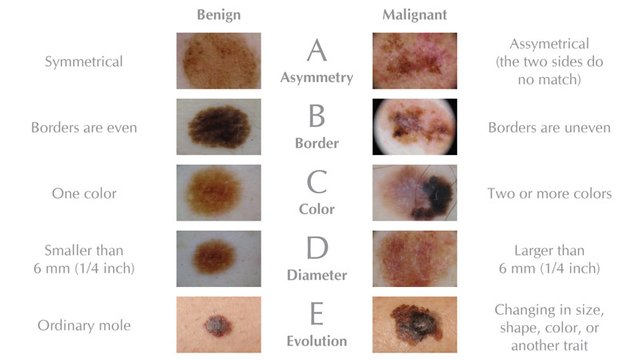
source
TREATMENT
Treatment for early-stage melanomas usually includes surgery to remove the melanoma. Lentigo maligna melanoma are usually treated with a wide local excision and, if necessary, by transplanting the skin. If melanoma has spread beyond the skin, treatment options may include radiation therapy, chemotherapy, hormonal therapy, biochemotherapy, immunotherapy, targeted agent therapy.
REFERENCE
[1] Situm M, Buljan M, Kolić M, Vučić M.-Melanoma--clinical, dermatoscopical, and histopathological morphological characteristics. Acta Dermatovenerol Croat. 2014
[2] Corrie P, Hategan M, Fife K, Parkinson C- Management of melanoma. Br Med Bull. 2014 Sep
[3] Ingraffea A-Melanoma. Facial Plast Surg Clin North Am. 2013 Feb
Factual claims which are not sourced are from my own personal experience and med school.
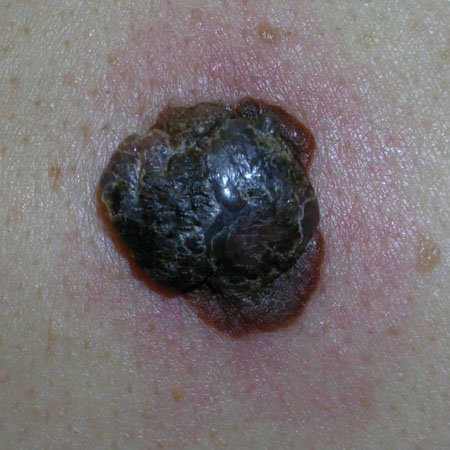
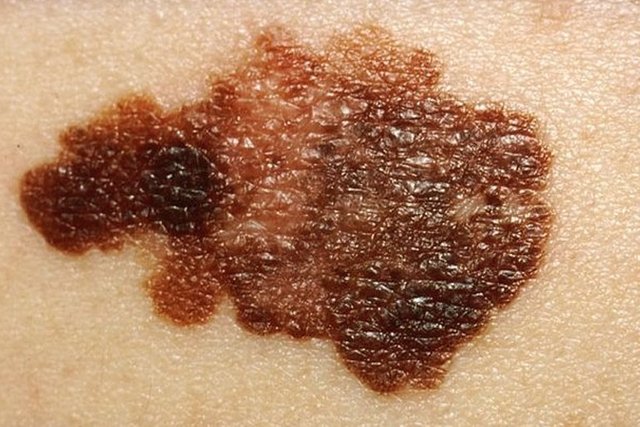
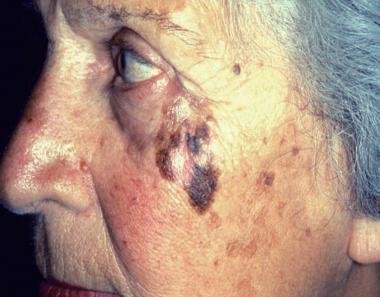
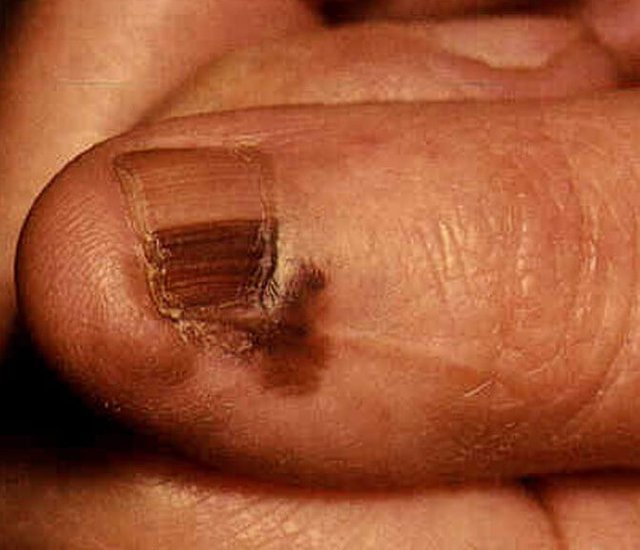
Being A SteemStem Member
Downvoting a post can decrease pending rewards and make it less visible. Common reasons:
Submit
You got a 14.11% upvote from @buildawhale courtesy of @doctorcro!
If you believe this post is spam or abuse, please report it to our Discord #abuse channel.
If you want to support our Curation Digest or our Spam & Abuse prevention efforts, please vote @themarkymark as witness.
Downvoting a post can decrease pending rewards and make it less visible. Common reasons:
Submit
Excellent article.
Any person with a lot of moles has to be controlled by a dermatologist. Allso, there are excellent mole tracking applications such as SkinVision ;).
Downvoting a post can decrease pending rewards and make it less visible. Common reasons:
Submit
Thank you. Its an amazing app. :)
Downvoting a post can decrease pending rewards and make it less visible. Common reasons:
Submit
Great post and great info..will help alot
Downvoting a post can decrease pending rewards and make it less visible. Common reasons:
Submit
Excellent information. Important for everyone to know about this and to catch such lesions early, since once spread the outlook is poor...
Downvoting a post can decrease pending rewards and make it less visible. Common reasons:
Submit
Completely agree, best chance to cure it completely is to early diagnose it :)
Downvoting a post can decrease pending rewards and make it less visible. Common reasons:
Submit